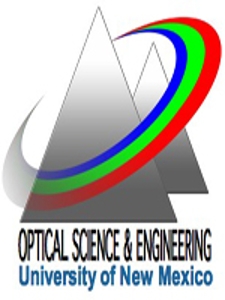OSE Seminar with Dr. Andrew (AJ) Metcalf on Designing the First Deployable Infrared Astrocomb and Enabling the Search for Nearby Habitable Worlds
Departmental News

Posted: February 12, 2019
Date: Thursday, February 14, 2019
Time: 11:00 AM to Noon
Location: Physics and Astronomy Building, Rm. 190
Map to Physics and Parking Information click on the link:
http://physics.unm.edu/findpanda/
ADA Accommodations are available. Please send us an email in advance for any special accommodations.
Speaker:
Dr. Andrew (AJ) Metcalf
Space Vehicles Directorate at Air Force Research Labs
Abstract:
The discovery and characterization of exoplanets around nearby stars are driven by profound scientific questions about the uniqueness of Earth and our Solar system, and the conditions under which life could exist elsewhere in our Galaxy. Doppler radial velocity (RV) spectroscopy has been used extensively to identify hundreds of exoplanets, but with notable challenges in detecting terrestrial-mass planets orbiting within habitable zones. Here I will discuss the design and deployment of a new calibration source comprised of an Astro-comb and the Habitable Zone Planet Finding Spectrograph. This tandem was recently deployed at the 10 m Hobby-Eberly telescope and has enabled the search for Earth-like planets in the habitable zones of M-Dwarfs – the most abundant type of star in our galaxy.
Biography:
